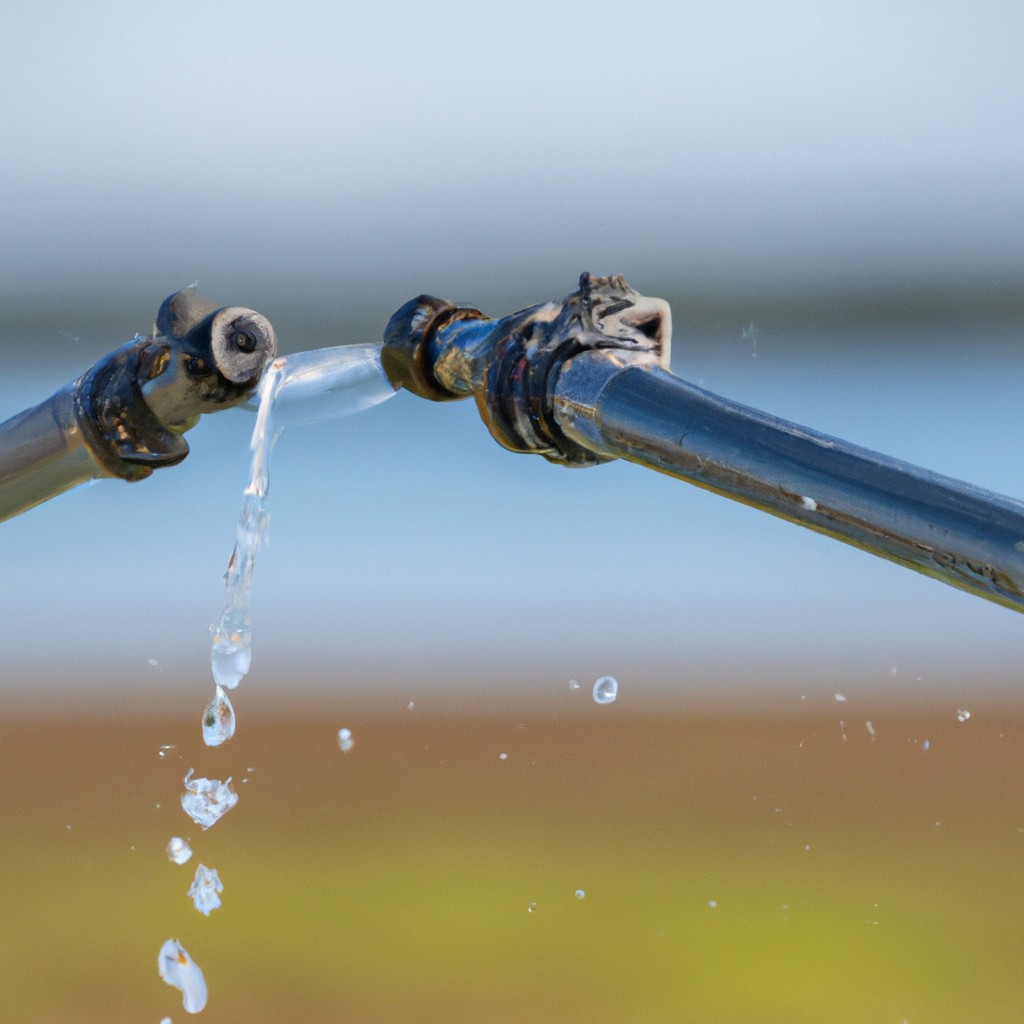This article explains how water is used in agriculture, covering irrigation methods, water management strategies, and conservation techniques.
Look Inside:
Water Sources in Agriculture

Agriculture relies on various water sources to sustain crops and livestock. Surface water, such as rivers and lakes, is the most accessible and commonly used. Groundwater, extracted through wells, provides a vital backup during dry spells. Additionally, rainwater harvesting taps into a free resource, reducing dependence on traditional water systems. In coastal areas, desalination is increasingly used to convert seawater into fresh water suitable for farming. Each source presents unique challenges and opportunities for farmers aiming to manage water efficiently and sustainably.
Irrigation Methods
Irrigation is crucial for maintaining the health and productivity of crops, especially in arid regions or during dry seasons. Here are a few common methods:
Flood irrigation involves covering the field with water, allowing it to soak into the soil. This method is simple and effective but can be water-intensive.
Drip irrigation uses tubing to deliver water directly to the base of each plant. It’s highly efficient, minimizing water waste and reducing the growth of weeds.
Sprinkler systems simulate rain by distributing water through a network of pipes and spray heads. They can cover large areas and are adjustable to varying amounts of water needed.
Subsurface irrigation places water directly into the root zone through a buried pipe system. This technique reduces evaporation and prevents erosion.
Using these methods thoughtfully helps farmers save water, increase crop yield, and improve sustainability in their agricultural practices.
Technologies for Efficient Water Use in Agriculture
Advancements in technology have significantly improved water efficiency on farms. Drip irrigation is a game-changer, delivering water directly to the roots of plants, minimizing evaporation and runoff. It’s like ensuring every drop of water is put to its best use, directly where it’s needed.
Soil moisture sensors represent another leap forward. These devices provide real-time data, allowing farmers to water crops only when necessary. It’s like having a thirst meter for the soil, ensuring plants get a drink only when they’re thirsty.
Automated irrigation systems are also on the rise. These systems can adjust watering schedules based on weather forecasts and soil conditions, optimizing water usage without human intervention. Imagine a sprinkler system with a brain, deciding autonomously when to turn on and off.
Together, these technologies contribute to a more sustainable agricultural future, making the most of every water resource. By adopting such innovations, farmers can significantly reduce wastage and preserve water for future generations.
Challenges in Agricultural Water Management
Farmers face a variety of hurdles when managing water effectively. First, weather variability presents a real challenge. Droughts or unexpected heavy rains can drastically affect water availability, often leading to crop failure or water wastage.
Second, water quality issues stemming from contamination through pesticides and fertilizers can degrade water resources, complicating its use for irrigation.
Lastly, inefficient infrastructures, such as outdated irrigation systems, lead to significant water loss. This not only impacts the immediate agricultural output but also stresses the local water ecosystem.
Sustainable Practices in Water Usage
Adopting sustainable water practices is essential for the long-term viability of agricultural lands. One key approach is the use of drip irrigation systems, which deliver water directly to the roots of plants. This minimizes evaporation and runoff, dramatically improving water efficiency.
Another effective strategy is rainwater harvesting. Farmers can collect and store rainwater during wet seasons, providing an additional water source during dry periods. This technique not only conserves water but also reduces dependence on local water bodies.
Crop rotation is a third method that enhances soil structure and fertility. By alternating crops, soil can naturally regenerate, decreasing the need for irrigation and chemical inputs.
Finally, mulching plays a crucial role. Covering soil with organic materials keeps it moist and cool, reducing the need to water frequently and preventing water loss. These sustainable practices contribute significantly to water conservation in agriculture.




